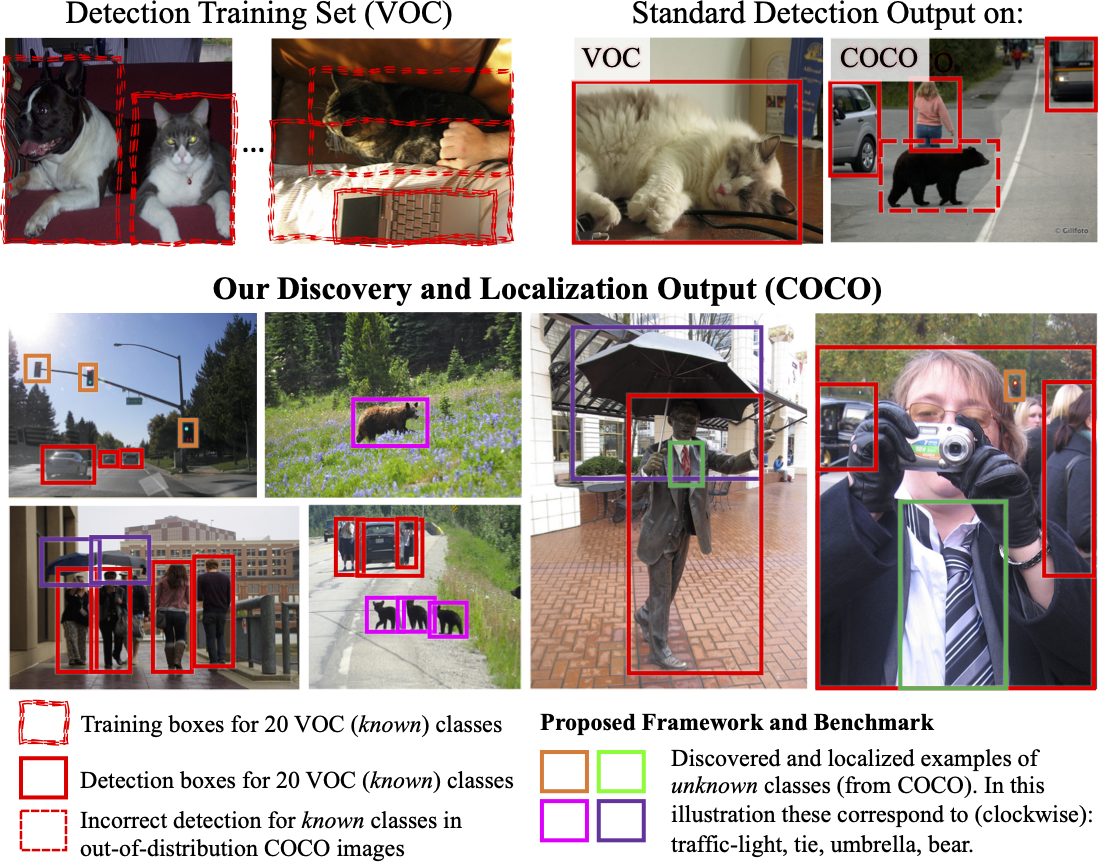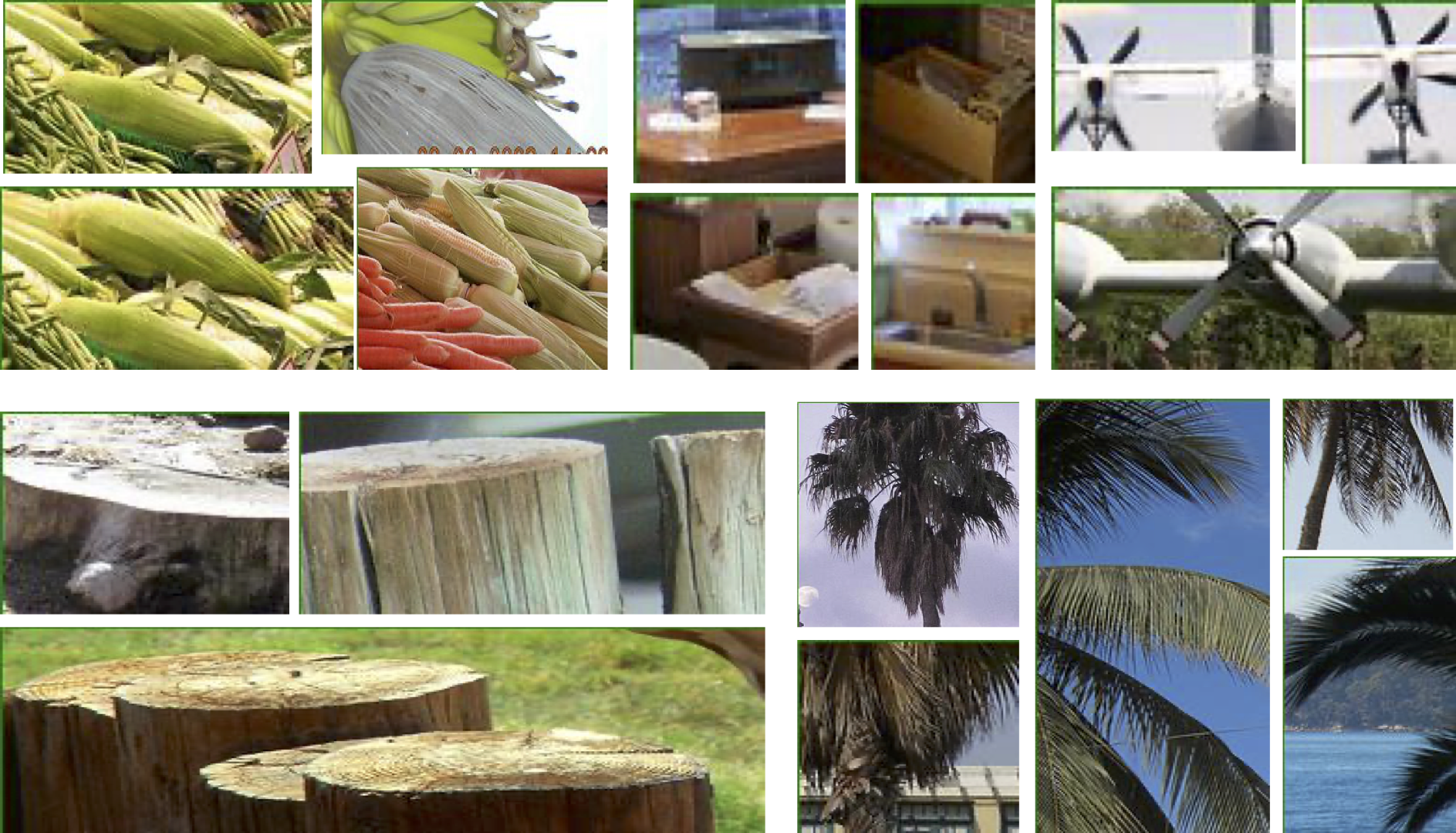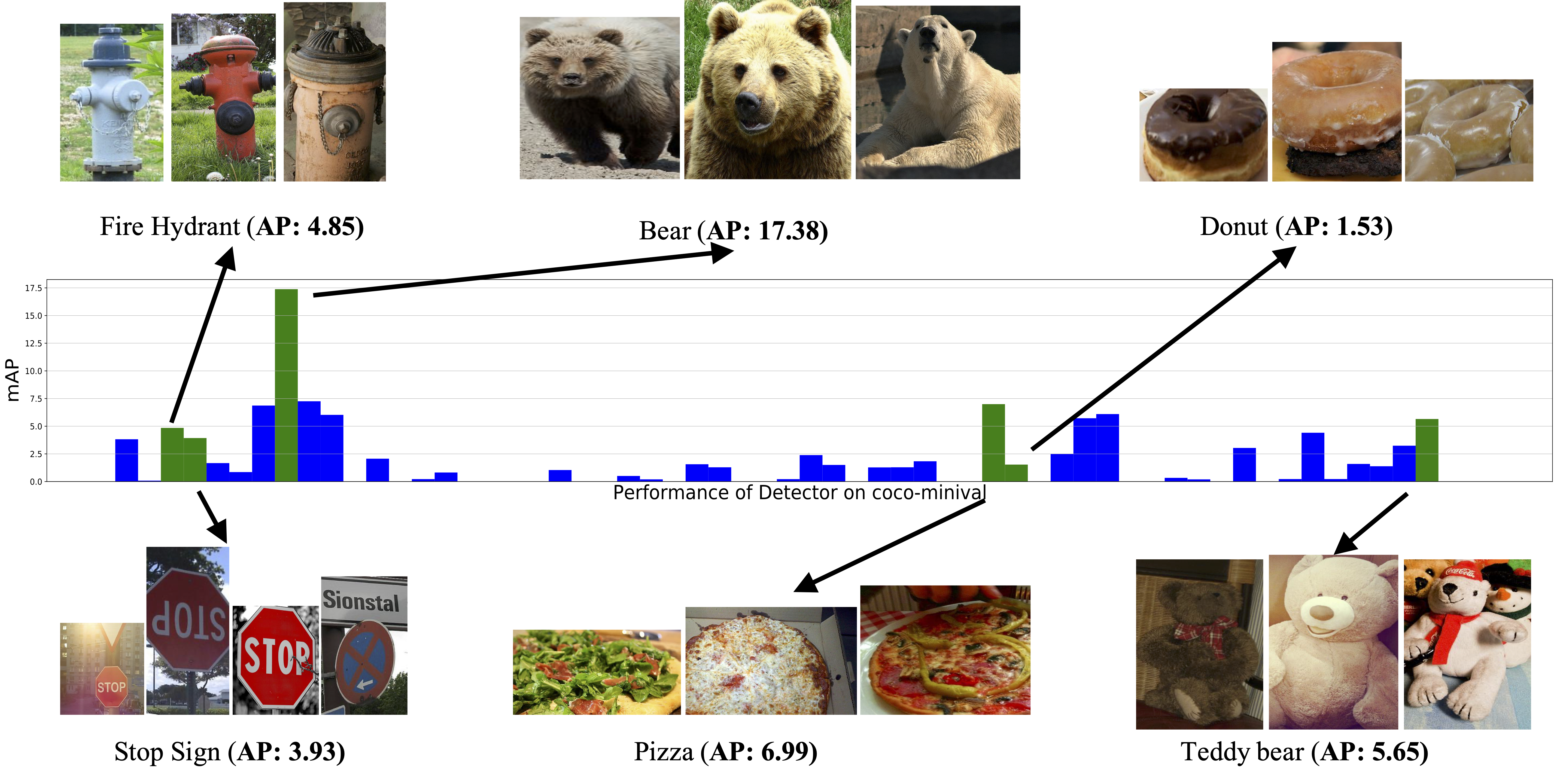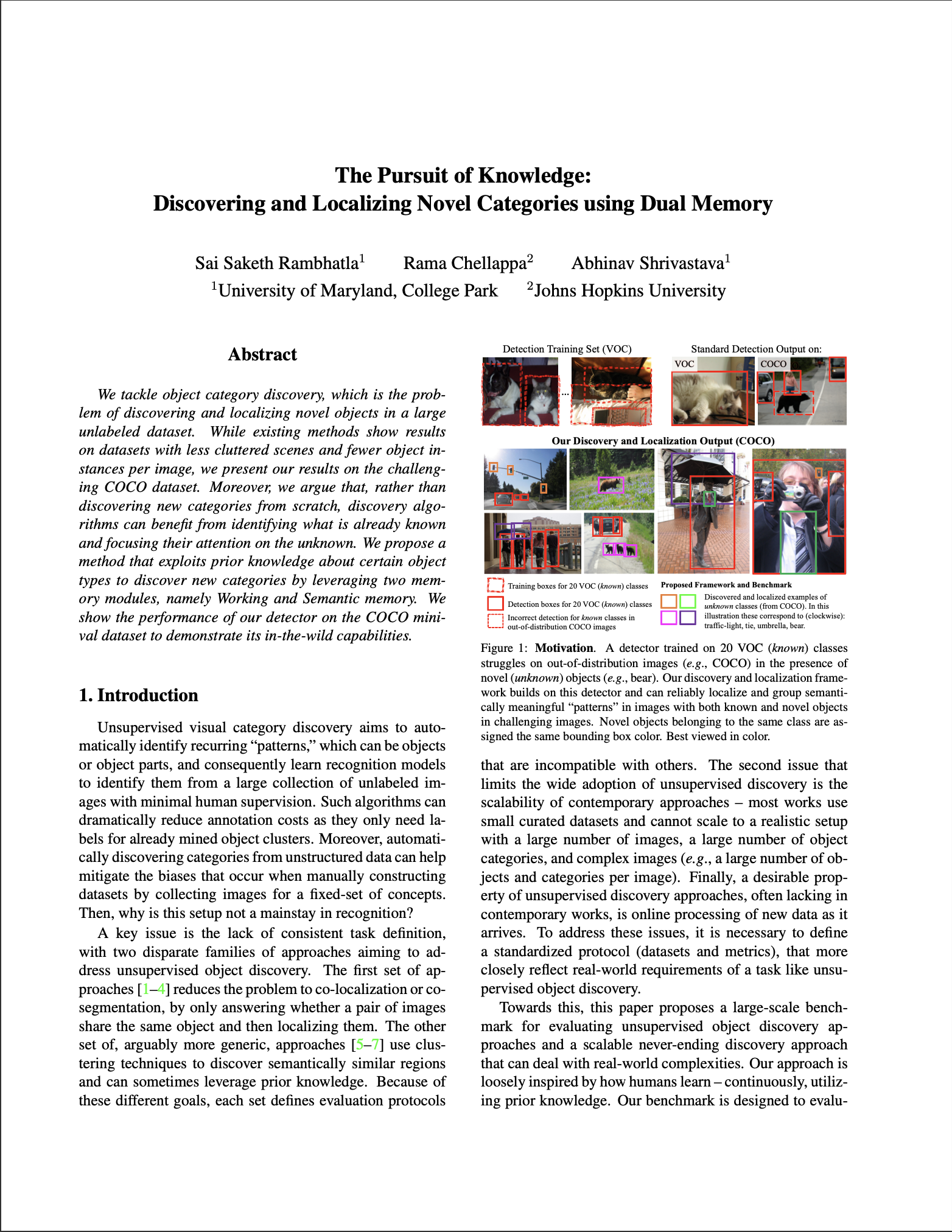|
Our system operates sequentially, processing one image at a time. First, the Encoding module processes the image and outputs candidate regions and features. The Retrieval module assigns each region to either Semantic or Working memory. In the demonstration, after the first iteration, two regions (one humans and a car) have been assigned to the two slots of the Semantic memory and the remaining regions have been assigned to four different slots (Slot 1-4) in the Working memory. In the next iteration, the retrieval module assigns four regions (two humans and two cars) to the Semantic memory while, the remaining regions have been assigned to two previously created slots (Slot 1, 3) and three new slots (Slot 5-7). Note that the retrieval module can either decide to populate an existing slot in the Working memory or create new patterns if necessary. This capability eliminates the need to know the number of "unknown" objects apriori. More details about the approach can be found here.
|





